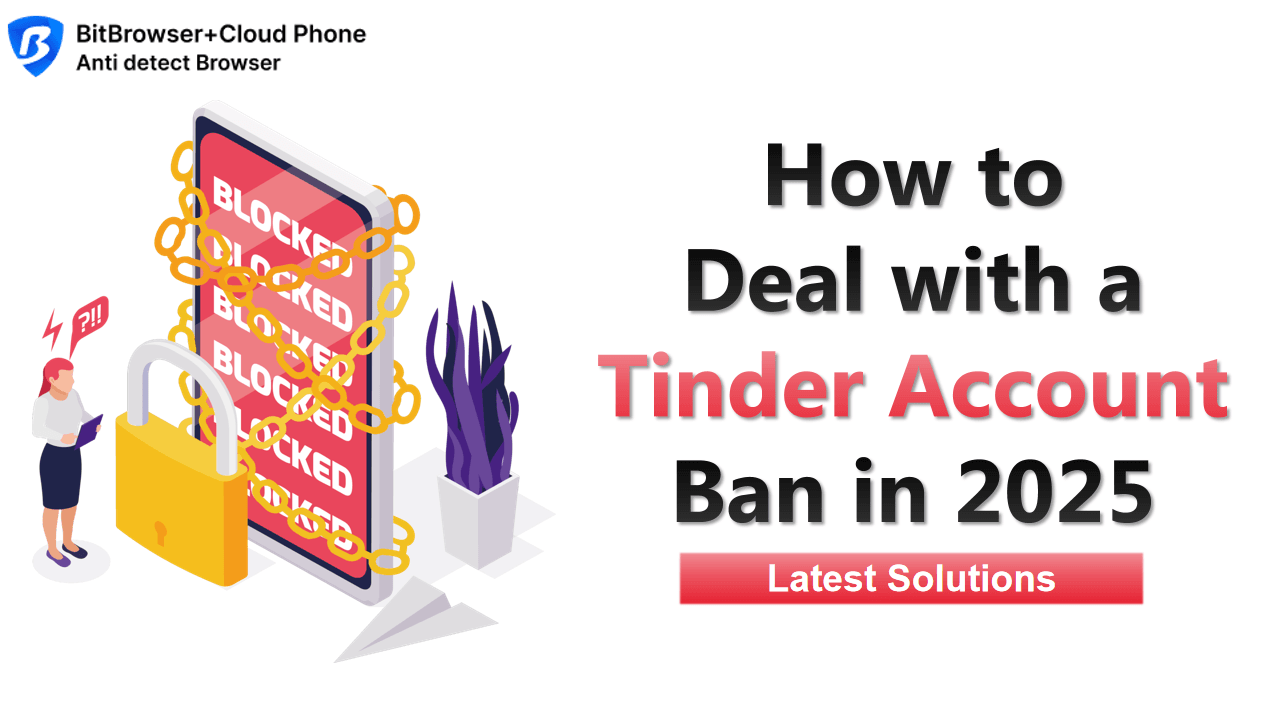
Hot Picks
How to run Facebook ads in 2025? Ideas

Hot Picks
How to promote on Amazon? Sharing various promotion methods

Hot Picks
Choose BitBrowser for fingerprint browsers, and look for the only official website: bitbrowser.cn
Anti-Detecting Browsers: How Do Google Ads Work?
Time: 2023-08-22 18:11 Click:
If you are familiar with setting up Google Ads ads, displaying ads on Google sites will bring you high-quality traffic. You can choose to show contextually relevant ads on google.com search results pages or on millions of pages on the Display Network. However, it is important to note that there is stiff competition in the search space, and employing an anti-detection browser can give you an edge over the competition.
What is Google Ads?
This is Google's advertising platform that allows users to customize the display of advertisements in search results on pages of Google services and partner websites. Ads can be paid for clicks or impressions. Google Adwords is one of the main sources of high-quality traffic, with hundreds of millions of search queries per day related to ads in Google Search. The advantage of contextual advertising is that it can be shown to people who are already planning to buy a product or service and are looking for related content. On the Display Network, Google ads also appear on Gmail, YouTube, and on the pages of more than 2 million websites and mobile apps. While the audience here is large, their purchase motivation is low and they tend not to visit the site to find a product or a solution to a problem. Google monitors visitors on websites such as google.com and YouTube by means of statistical counters and cookie technology, thereby collecting a large amount of information about people's behavior on the Internet and being able to accurately determine their interests. Google advertisers can use this data to precisely target their ads.

What do you need to do before paying for advertising?
Before you start buying display ads, make sure the following are in place:
Target audience portraits: To ensure targeted advertising, you need to describe the age, gender, interests and location of potential buyers in order to reach a relevant target audience.
Pre-Landing Page: Prepare a pre-landing page that warms up your audience, which increases their interest and increases conversions.
Website load speed: Make sure your main website or landing page loads quickly, ideally under 2 seconds. You can use tools.pingdom.com or Google PageSpeed Insights to check.
Mobile optimization: Make sure your traffic receiving platform is mobile-optimized to ensure a good user experience on a variety of devices.
Stats and Remarketing Counters: Install stats and remarketing counter tags on your landing pages and make sure they are working so you can track the performance of your ads and do subsequent remarketing.
Ad image preparation: Prepare multiple images of different sizes and high quality for your ad, making sure they meet Google's requirements (for example, the image label should not take up more than 20% of the area).
After you have completed the above preparations, you can start purchasing display ads and enjoy better advertising effects.
Plus you need anti-detection browsers, it's not uncommon for a person to advertise with multiple accounts on Google Ads. In such cases, Bitbrowser Anti-Detection Browser can help free up time spent checking ad stats by presenting data for multiple accounts in one place, thus greatly increasing productivity.

 Multi-Account Management
Multi-Account Management Prevent Account Association
Prevent Account Association Multi-Employee Management
Multi-Employee Management



